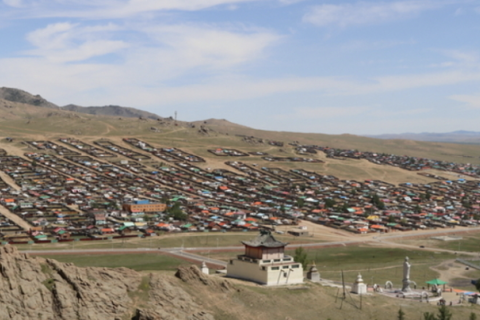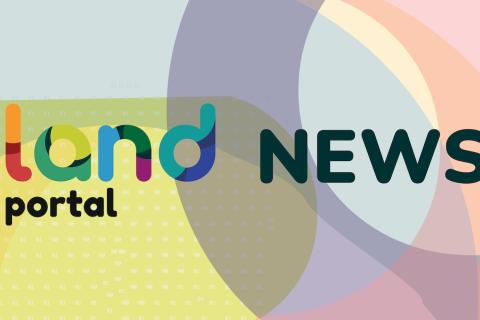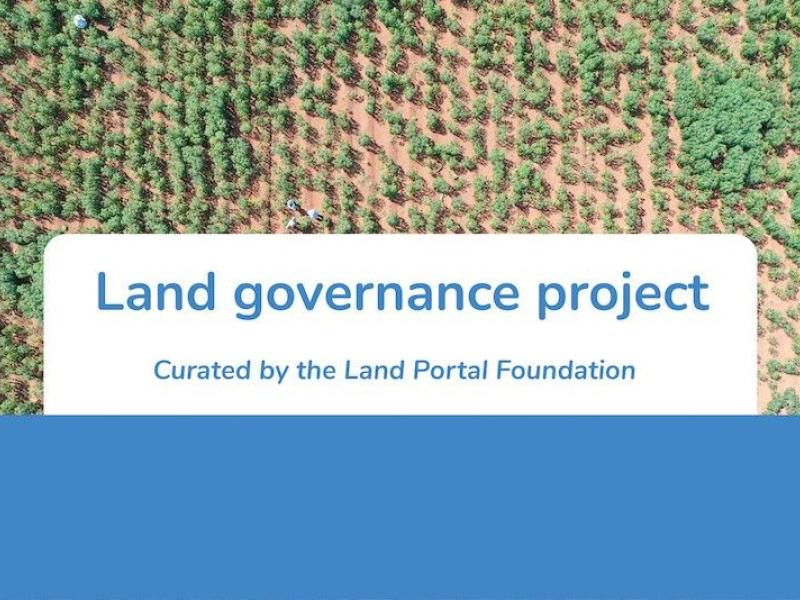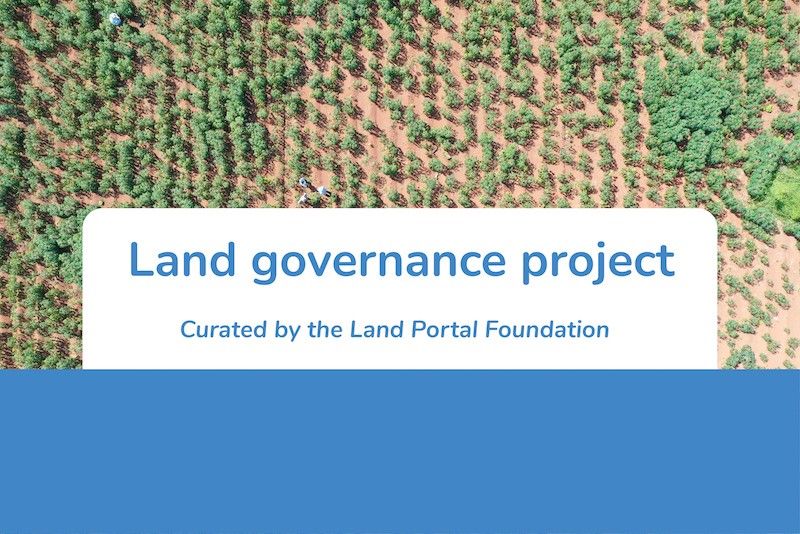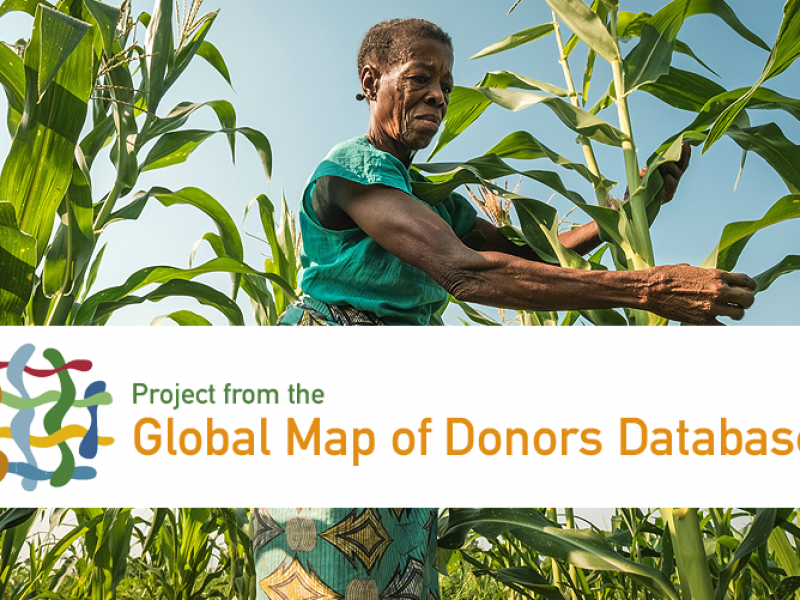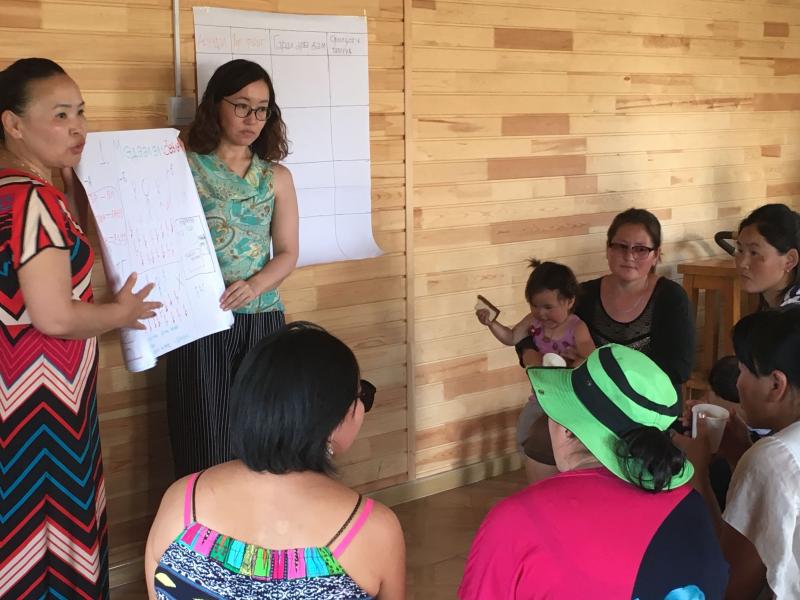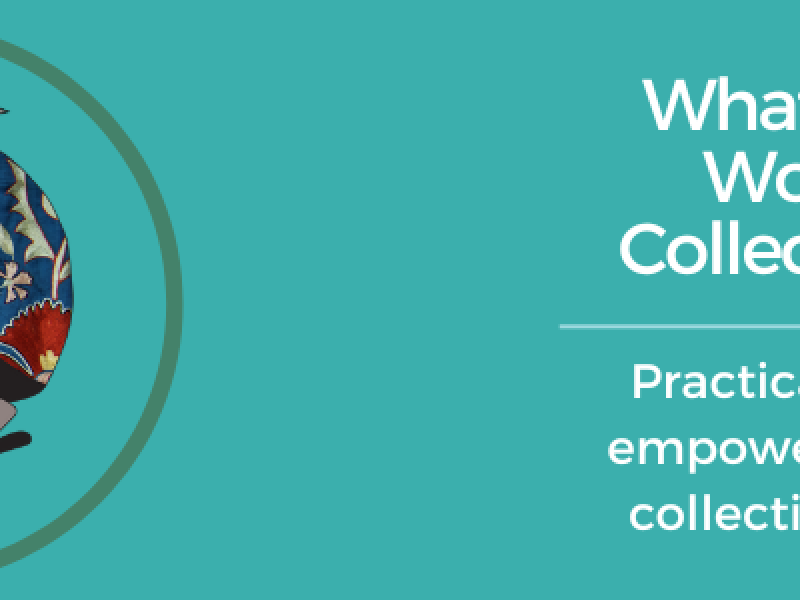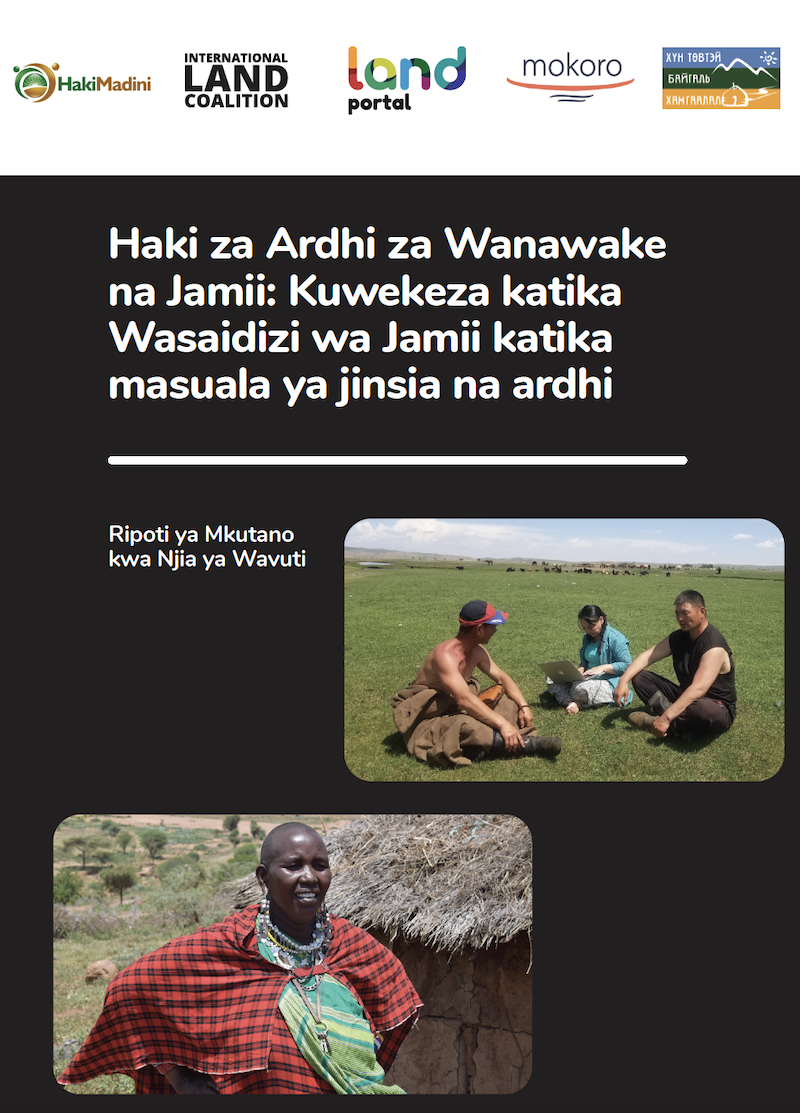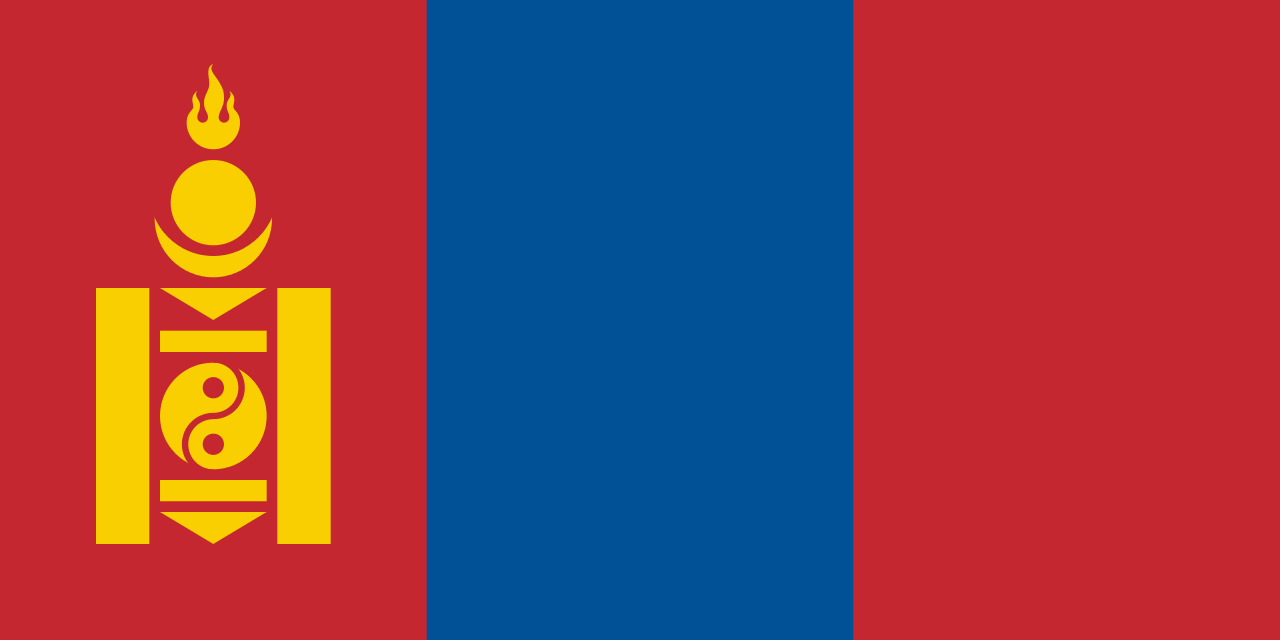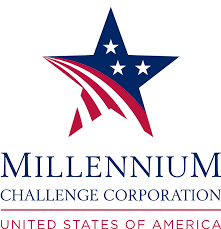Breadcrumb
Mongolia is a large land-locked country of 157 million hectares, bordering Russia to the north and China on all other sides. It is situated on high plateaus with an average altitude of 1,580m above sea level, and over 80% of the country above 1,000m. While much of the landscape in the Southern part of the country is characterised by rocky deserts, notably the Gobi Desert, and grassy semi-arid steppes, with little forest, there are also significant mountain ranges in the West, Central and Northern parts of the country. Ecological zones include alpine mountain zones, taiga, forest steppe, steppe, desert steppe and desert. With just over 3.2 million people in 2019, Mongolia is the least densely populated country in the world. Yet there are many environmental challenges relating to desertification, overgrazing of grasslands, and impacts from climate change.
Socio-economic indicators
browse all
Land Area
155,750,700 ha
GDP/Capita
11,668.4 USD
Total population
3,347,780
Urban population
68.5 %
Land-related indicators
browse all
NewsBrowse all
23 May 2023
Mokoro is pleased to announce publication of the latest collaborative paper from the WOLTS team – Confident Gender and Land Champions: Building Critical Mass for Locally-Driven Change. The paper shares key findings from the most recent, dissemination-focused phase of WOLTS, our long-term, action-…
30 January 2023
Ulaanbaatar, January 30 /MONTSAME/. The standing committee on Environment, Food and Agriculture is currently working on five sets of bills on the Law of Land to submit to the plenary session of the State Great Khural.
The current Law of Land was adopted in 2002. Since then, it has been amended 32…
11 October 2022
Mokoro are delighted to publish a new blog from WOLTS Mongolia team member, B. Munkhtuvshin. “Protesting herders to get government support to stop harmful mining operations” is the story of recent demonstrations by nomadic pastoralists opposed to investments in the mining sector that have infringed…
Mongolia
projects
- 0
- 1
- 2
- 3
- 4
- 5
92% of 357 formal herder groups are led by men. However, for groups involved in nature conservation, there is a higher likelihood of female group leaders
BlogsBrowse all
16 August 2023
Хүн Төвтэй Байгаль Хамгаалал байгууллагын үйл ажиллагааны нэг чиглэл нь малчдын, ялангуяа уул уурхайн нөлөөнд өртсөн малчин өрхийн жендэрийн асуудал юм. Тиймээс ч бид 7 жилийн өмнө Эмэгтэйчүүдийн газар эдэлбэрийн эрхийн баталгаат байдал (ЭГЭЭББ) олон улсын төсөл д нэгдэн орсон. Хэдийгээр манай…
EventsBrowse all
Partage de stratégies pratiques pour l'autonomisation des femmes sur les terres détenues collectivement
*L'événement sera présenté en anglais et l'interprétation simultanée sera disponible en français.
Les femmes à travers le monde vivent et travaillent sur des terres qui sont détenues…
OrganizationsBrowse all
- 0
- 1
- 2
- 3

